Lengai 21. - 29. July 2001 Photo PageIn case you plan a visit to the summit of Lengai, please do not hope to see a paroxysm: if you are lucky, what you can wait to admire is
what here we call źnormal╗ activity. During the first half of the week Marco Fulle and Roby Carniel spent in the Lengai's crater, a lava
lake periodically filled and drained, with spectacular lava falls and rivers. Here we show some of the images Marco was able to collect.
To give a sense of the perspective, camera lens focal lengths are given (i.e. f=28mm). As usual the pictures on this page link to larger
photos (about 40 to 140 KB). All times are local (GMT + 3 hr). |
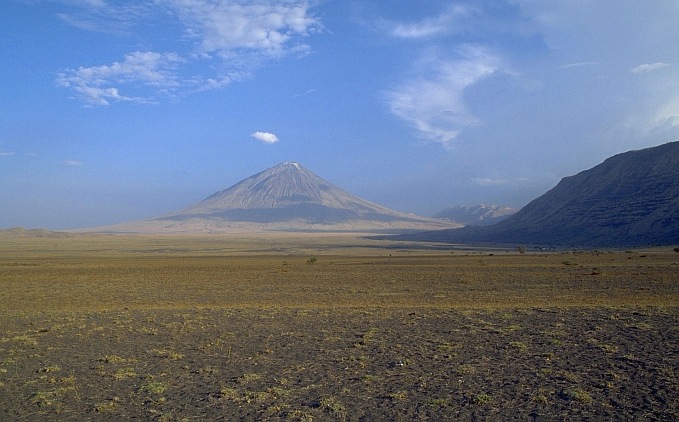 21. July 17h, f=28mm from Engare Sero. The cone of Lengai (crowned by white lava overflows) stands in the middle of Rift Valley (Rift west scarp on the right). | 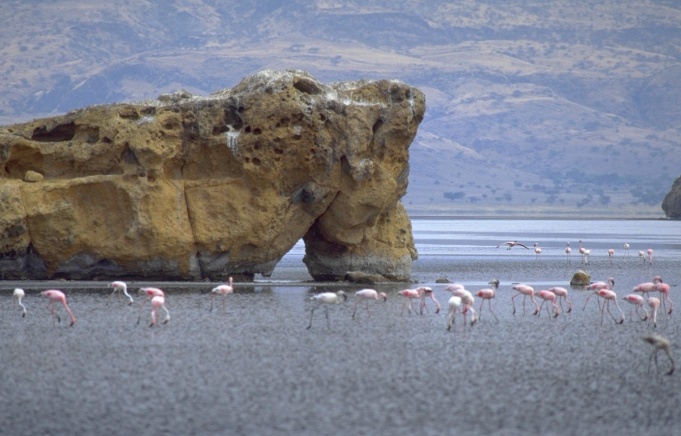 22. July 11h, f=300mm. During the wet season, heavy rains drag huge soda deposits from the volcano flanks to Lake Natron, about 15 km North of Lengai. | 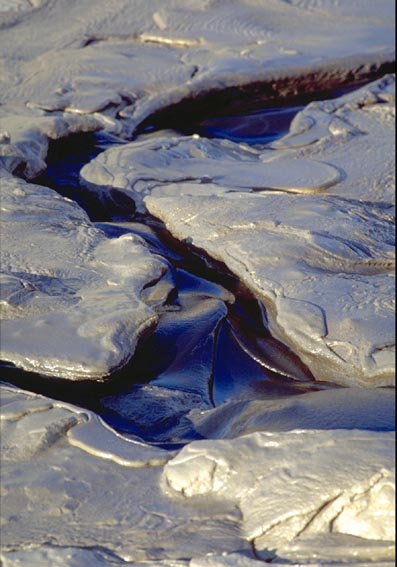 23. July 16h, f=135mm. A typical channel of molten natrocarbonatitic lava in the Lengai crater. The deep black lava surface reflects the sky colour. | 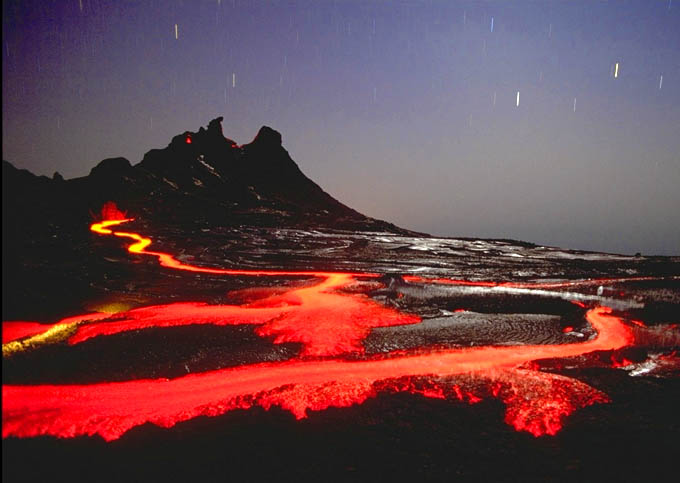 24. July 20h, f=28mm. The night colour of Lengai's molten lava is unique in all the world. These flows exit from the lava lake T49E (hornito T49C in the background). |
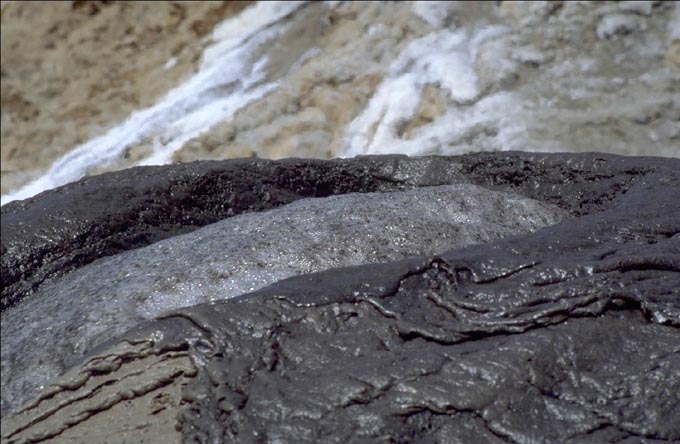 24. July 12h, f=135mm. An hornito is filled by bubbles of lava foam, surrounded by fresh depositis of black lava. | 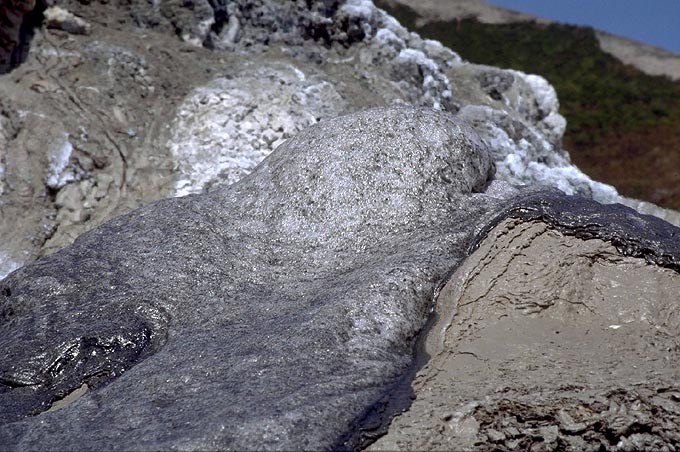 24. July 12h, f=135mm. After a few seconds, the bubbles inflate and overflow from the hornito vent. | 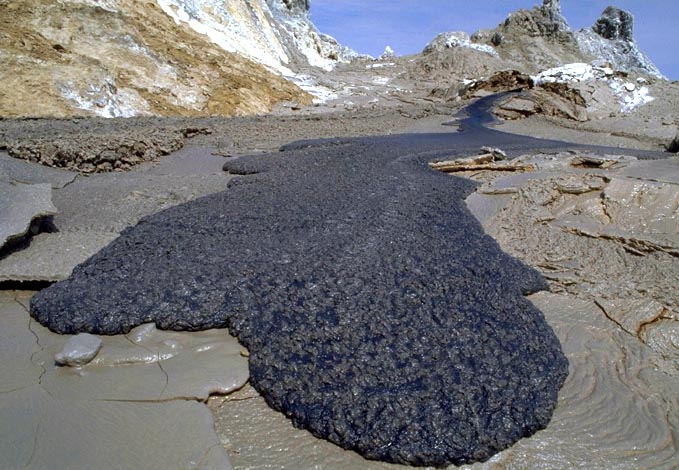 24. July 11h, f=28mm. The typical aa front (about 5cm thick) of a lava flow coming out from the lava lake T49E. | 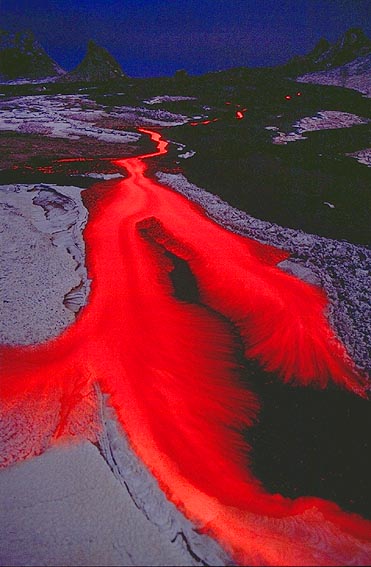 26. July 20h, f=28mm. The advancing aa lava fronts draw phantastic fans over old hydrated moonlit white lava. |
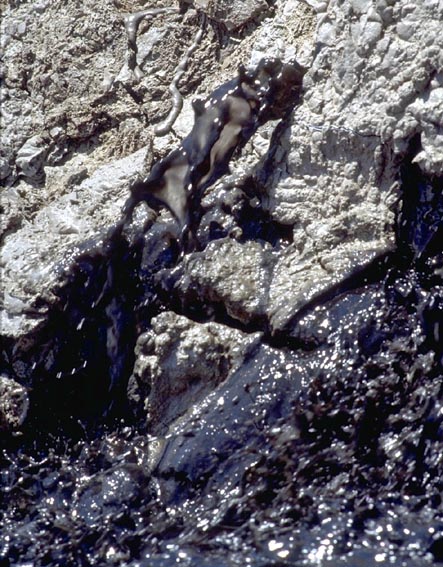 25. July 11h, f=135mm. The pressure of lava in lake T49E cracks its flanks, with black lava jets from the flank fissures. | 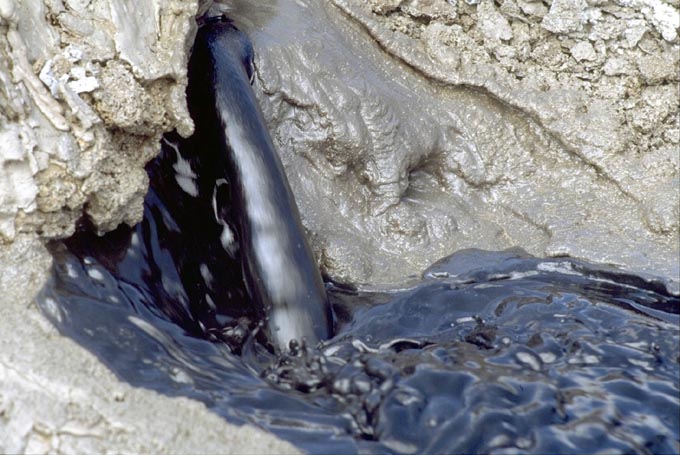 27. July 11h, f=135mm. True lava falls from the lava lake T49E feed lava rivers with waterlike droplets in the air. | 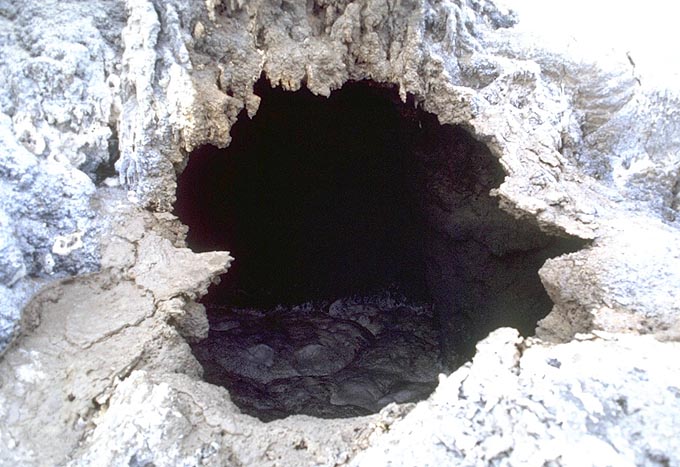 24. July 07h, f=50mm. A boiling lake of lava foam rises in the top vent of hornito T49C. | 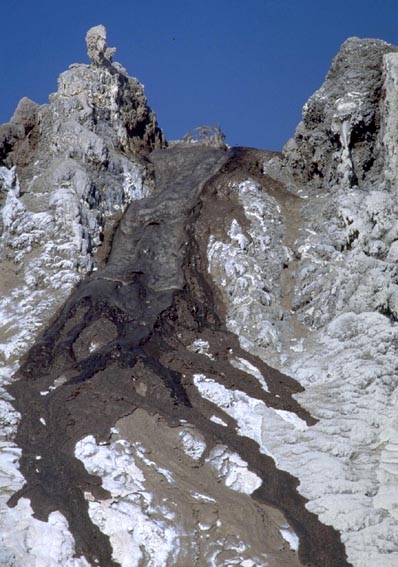 26. July 11h, f=135mm. Silvery bubbles of lava foam feed a lava flow from the top of T49C. |
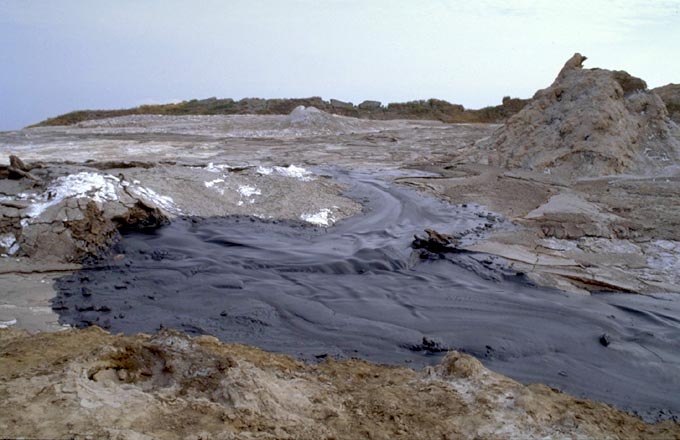 24. July 07h, f=28mm. Sometimes, the pressure in the lava lake is so high to cause catastrophic collapse of its flanks. | 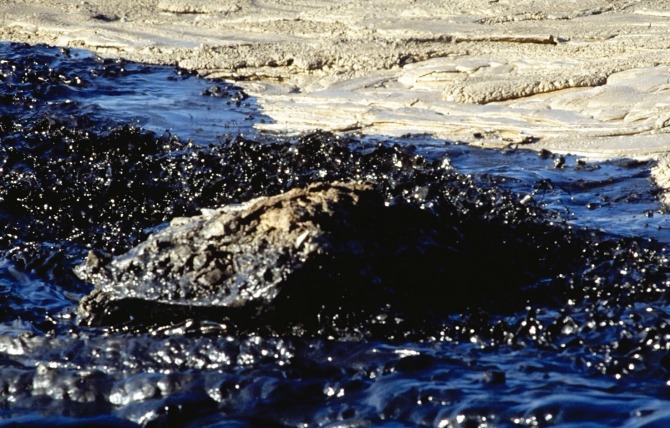 25. July 17h, f=135mm. During another catastrophic fall of T49E flanks, a huge lava river drags meter sized flank pieces. | 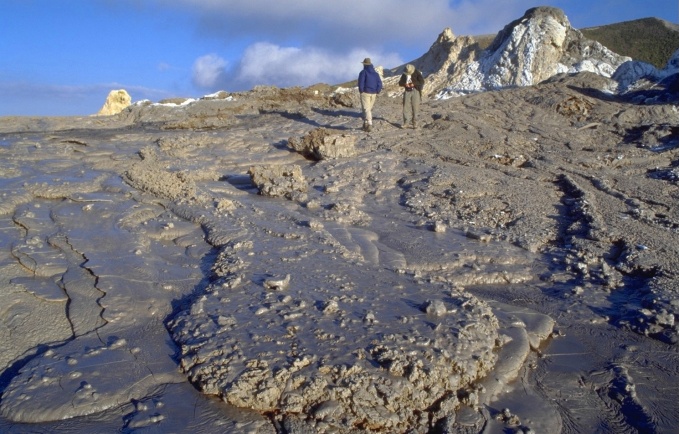 25. July 17h, f=28mm. This is not an aa front: this lava flow has dragged many debris from the collapsed lake flank. | 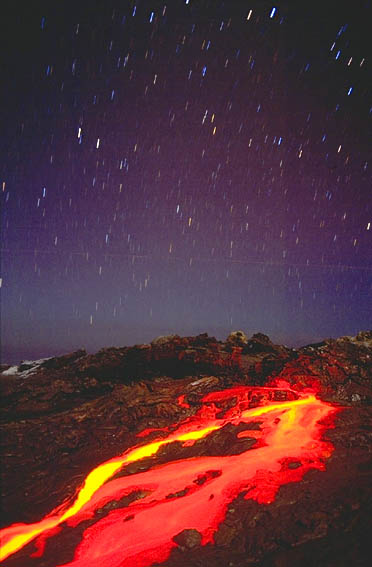 25. July 21h, f=28mm. During nightime, the lava overflows from lake T49E are most spectacular. |
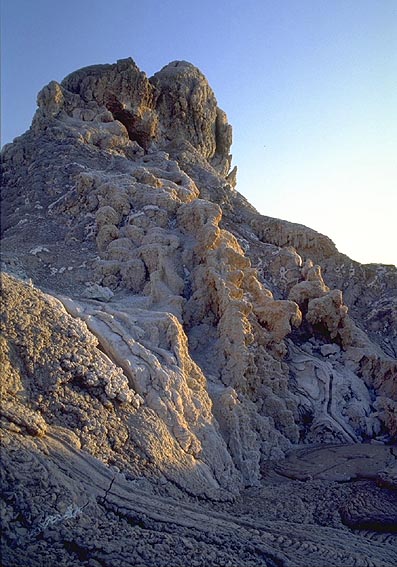 24. July 18h, f=28mm. Sculptures of hydrated natrocarbonatitic lava shine in the sunset light on T49D. | 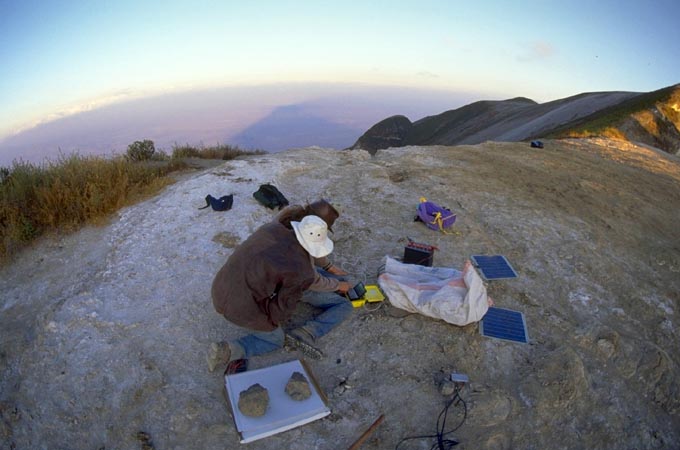 25. July 18h, fish-eye photo. Josh and Roby install a seismic station on the E crater rim. Lengai's shadow in the background. | 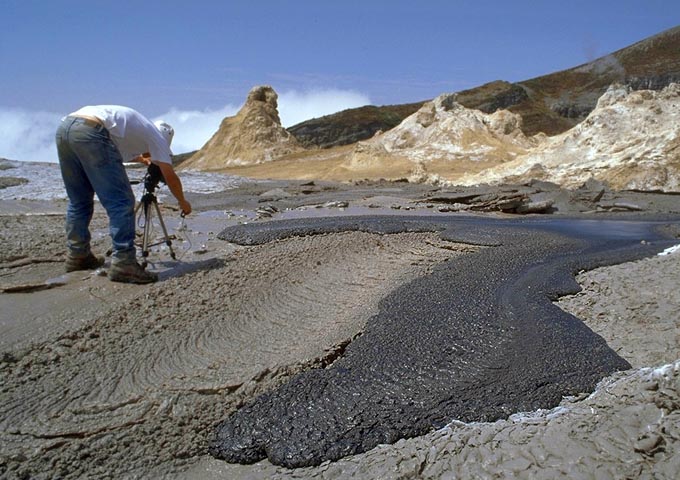 24. July 12h, f=28mm. Roby films advancing aa lava flows coming from lava lake T49E. | 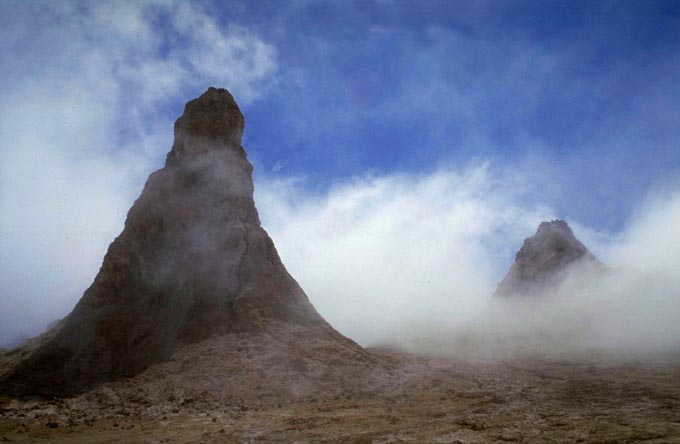 29. July 11h, f=28mm. The fog of a summit cloud between hornitos T47 and T37. |
|